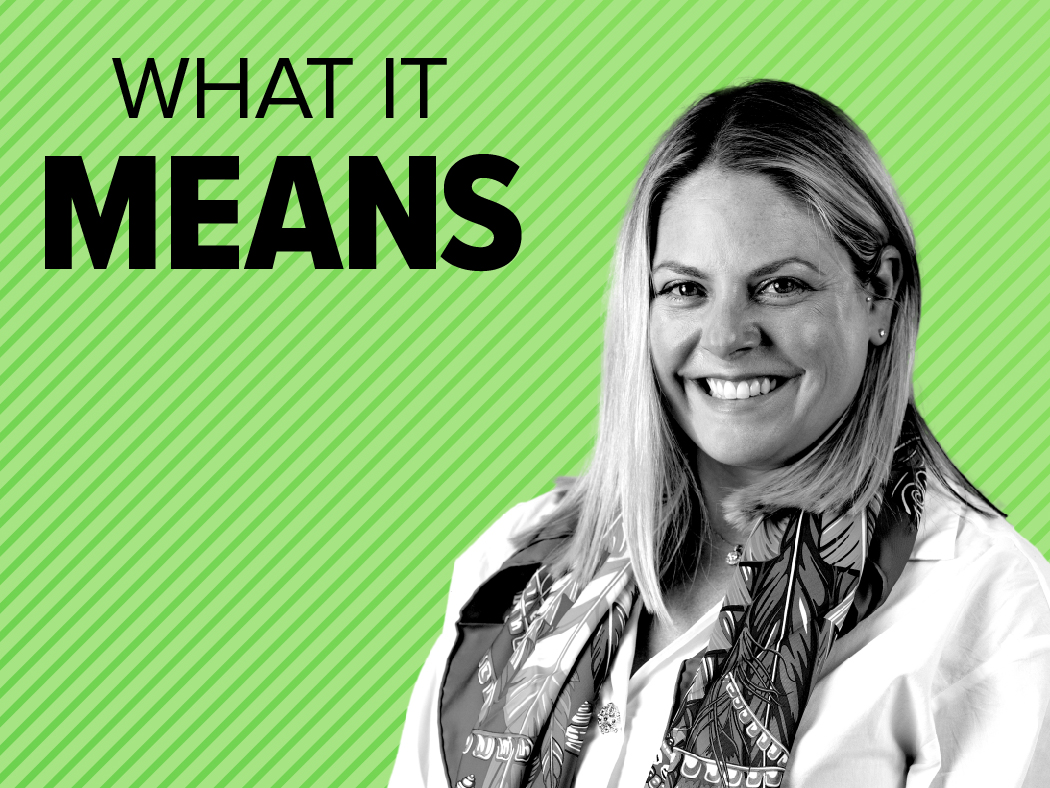Featuring:
Kelsey Chickering, Principal Analyst
Show Notes:
Adtech has enabled brands to reach more people than ever by placing ads across the open web. But there’s an unfortunate side effect: Brands end up funding dangerous disinformation and misinformation. In this episode, Principal Analyst Kelsey Chickering joins to discuss why this happens and how marketers can limit their brands’ exposure.
First, a definition break:
- Disinformation is deliberately deceptive, like Russian propaganda about the war in Ukraine.
- Misinformation is incorrect, misleading, or unverified. The person putting it out, however, believes that the information is true. Posts about the link between vaccines and autism, which has been disproven but is still believed by many, are an example.
Analysis by NewsGuard and Comscore found that brands spent $2.6 billion in a single year on misinformative news sites. How did the problem get this big? Carelessness and time pressure throughout the programmatic media ecosystem added up to big trouble. Brands either don’t have site inclusion/exclusion lists or don’t manage them proactively. Overwhelmed (and often junior) media planners and buyers lack the time to scrutinize reports on where ads were served. Marketers falsely believe that agencies and partners further down in the supply chain have done all the necessary due diligence. And social media algorithms boost misinformation, amplifying the problem.
Despite the dispersal of the problem, marketers need to take initiative, because they have the most to lose. Over half of US and UK adults think brands know exactly where their ads are served, and 57% of those adults don’t trust brands that advertise on misinformation sites. Furthermoere, 49% of US adults and 55% of UK adults won’t purchase from brands that advertise on those sites.
As a first step, develop site inclusion/exclusion lists. Incentivize planners to scrutinize more deeply. Build media plans with your brand values front and center, and be willing to walk away from any partner that’s misaligned. Stay open, be innovative, and test and learn. Your brand’s future is at stake.




